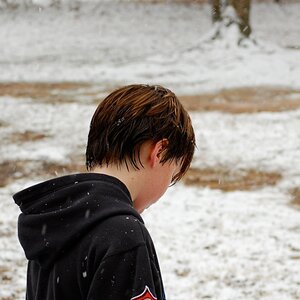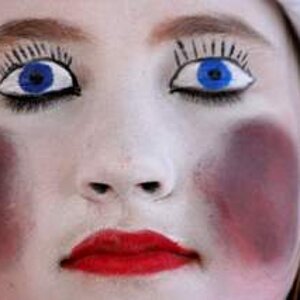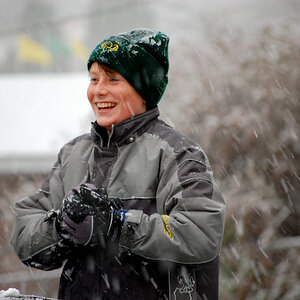Hello,
So I've been taking photographs early morning, when the light isn't very good. Not been carrying my tripod, so end up clicking at 1/5, 1/6 th, which is why the photograph doesn't look sharp.
My question is, without the tripod, what do I do in such a situation? And if I must use flash, the exposure meter doesn't really detect that the flash is on, and so doesn't adjust the exposure accordingly, so I'll still get a slow shutter speed. Do I under-expose and use flash?
Or a tripod is an absolute must in such situations? Because I left my aperture wide open, and ISO (although I didn't check) was at 1600. Hence there's no other way I can get more light to come in but the shutter speed? Will using flash the situation?
Thanks in advance..
So I've been taking photographs early morning, when the light isn't very good. Not been carrying my tripod, so end up clicking at 1/5, 1/6 th, which is why the photograph doesn't look sharp.
My question is, without the tripod, what do I do in such a situation? And if I must use flash, the exposure meter doesn't really detect that the flash is on, and so doesn't adjust the exposure accordingly, so I'll still get a slow shutter speed. Do I under-expose and use flash?
Or a tripod is an absolute must in such situations? Because I left my aperture wide open, and ISO (although I didn't check) was at 1600. Hence there's no other way I can get more light to come in but the shutter speed? Will using flash the situation?
Thanks in advance..


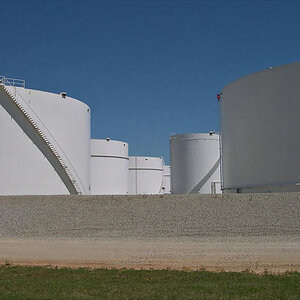

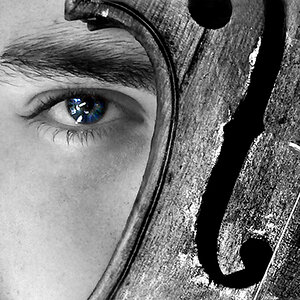
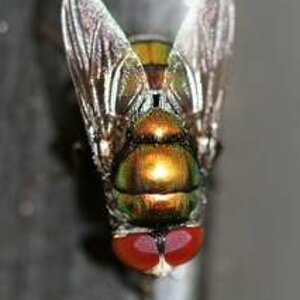
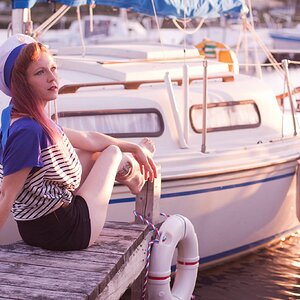
![[No title]](/data/xfmg/thumbnail/41/41798-aacfc8368463d919cba743fe318706b6.jpg?1619739897)
